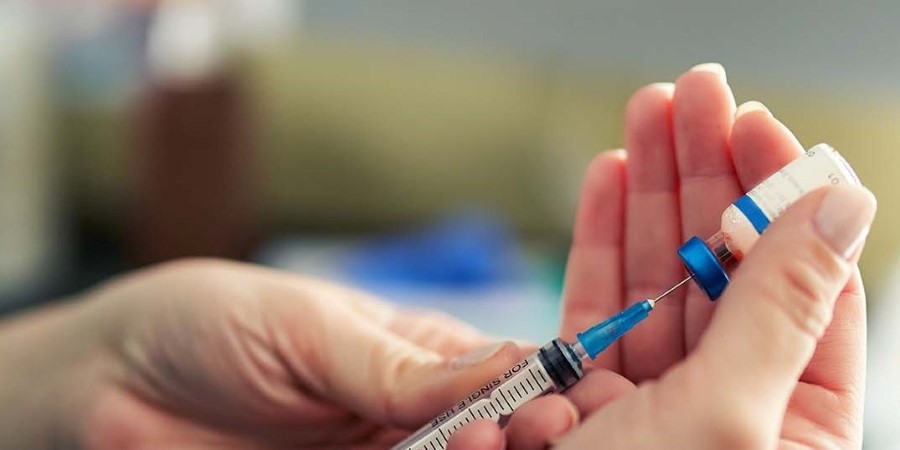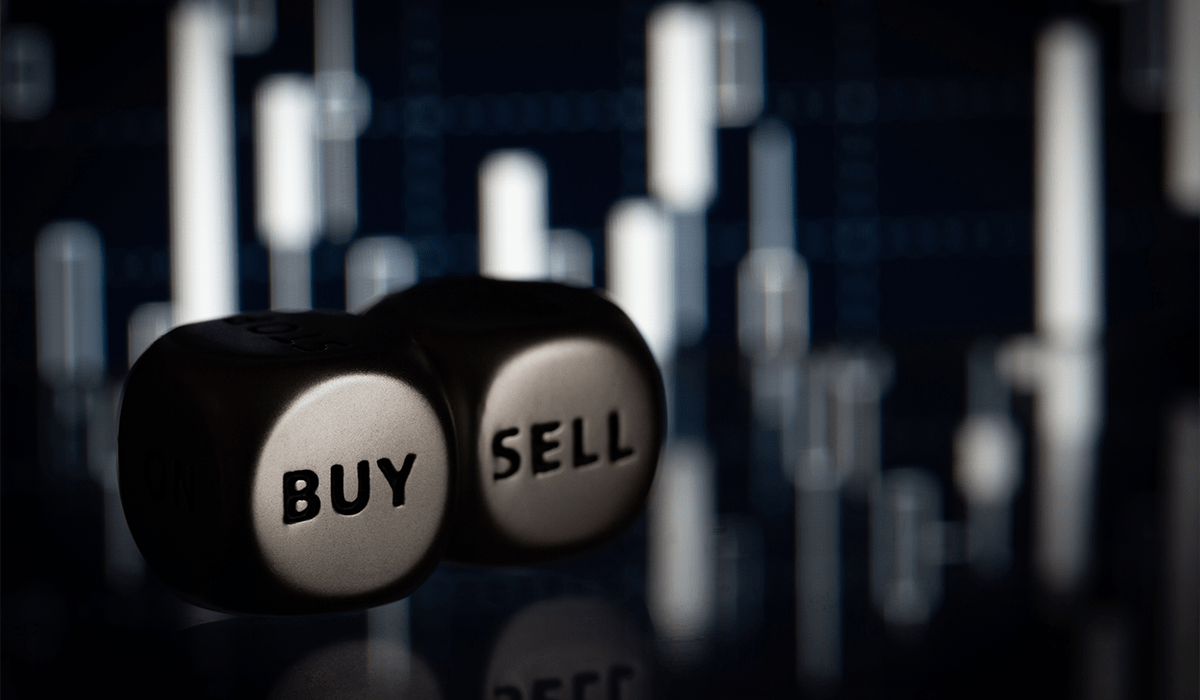by Kristina Hooper, Chief Global Strategist, Invesco Canada
While I have never lived in Florida, I have spent enough time there since childhood to be familiar with a weather phenomenon referred to as “the mean season.” It describes a brutal weather pattern that typically occurs in the late summer months. Hot, humid mornings are often followed by severe thunderstorms in the afternoon, which blow in from the ocean. However, the rain does not alleviate the heat — it actually exacerbates the heat in the evening, setting the stage for another hot, humid morning to follow. Hurricanes and tropical storms are sprinkled throughout the season, making it even more difficult. Throughout this oppressive weather pattern, there is typically no relief from the heat — and it can last for a month or more. Hence the term “the mean season.”
Well, after a devastating year, some parts of the world are entering a very mean season, and they are unlikely to get a reprieve for some time. But the problem is far worse than bad weather: COVID-19. Medical experts have warned about a second wave for some time, but it is already proving to be worse than many expected.
The biggest problem right now is in the U.S., where the number of daily new confirmed COVID cases is heading into the stratosphere at well over 500 per million people (Canada is also experiencing a rise in cases, albeit at a much lower growth level).1 Last week, Robert Redfield, the director of the U.S. Centers for Disease Control and Prevention, warned of “rough times” in December, January and February for the U.S. He ominously said that he expects it will be “the most difficult times in the public health history of this nation” with the potential for close to 450,000 COVID-19 deaths by February, unless Americans adopt more recommended precautions.2
Some countries, such as Europe and the UK, have “bent the curve” after significant infection increases. Yet British Prime Minister Boris Johnson similarly warned that “we must first navigate a hard winter” of restrictions to try to curb the virus until a vaccine is broadly distributed.3
Western economies may get worse before they get better
We are already starting to see the effects of rising COVID-19 infections on various economies. In the eurozone, Purchasing Managers’ Indexes (PMI) for November are down from October: the IHS Markit Eurozone Composite PMI clocked in at 45.3, which is down significantly from October’s reading of 50.0.4 Not surprisingly, it was services that suffered, down sharply from the previous month. As Chris Williamson from IHS Markit explained, “The eurozone economy slipped back into a downturn in November as governments stepped up the fight against COVID-19, with business activity hit once again by new restrictions to fight off second waves of virus infections.”4 I agree with his assessment that the fourth quarter “will nevertheless likely see the eurozone economy take another major step backwards.”
In the most recent Federal Reserve Beige Book, four of 12 Fed districts reported “little or no growth” since the last Beige Book period. Philadelphia and three of the Midwestern Districts reported that “activity began to slow in early November as COVID-19 cases surged.”5 The November jobs report for the U.S. also indicated slowing economic growth. Only 245,000 jobs were added last month, well below consensus expectations of 450,000 to 600,000.6 What’s more, it is a dramatic drop from October’s 610,000 jobs created.6 I expect December’s U.S. jobs report to be far worse, given that the rise in COVID-19 cases got more severe in the back half of November (which is not reflected in the November jobs report).
Canada is also showing signs of a slowing economy. While its job creation beat expectations, jobs created are down from October and are at the lowest level in the six months since the recovery began.7
I believe that things are likely to get worse before they get better in the Western world, especially in the U.S.. While medical professionals have learned more about treating the virus, leading to a relatively low mortality rate, hospitalizations are on the rise in the U.S. And that means that government officials who publicly stated their opposition to lockdowns are being forced to impose them, with more metro areas in the U.S. announcing lockdowns over the past several days. For example, this past weekend lockdowns were announced for both the San Francisco and Los Angeles areas, which represents a substantial portion of U.S. GDP. I expect that even people who aren’t in areas under lockdown will curtail their behavior and reduce mobility, also negatively impacting economic activity. I wouldn’t be surprised to see weaker job creation — if any — in the next several U.S. employment reports as the U.S. moves deeper into this “mean season.”
Vaccine progress continues
But just as Floridians know the mean season will end one day soon, we too know that one day vaccines will be broadly distributed and things will start to go back to normal. And that day looks to be in 2021 — several different vaccines have been developed that show high rates of effectiveness in creating immunity from COVID-19. The UK has already approved one of the vaccines as part of an expedited emergency review process, and the EU announced that it will decide by Dec. 29 whether to provisionally authorize the vaccine as well.
While the vaccine situation is not ideal (there are some issues with distributing the vaccine and worries about how many will be willing to take it, and Pfizer has reduced the number of doses it will develop because of production issues8), it is very good compared to just a few months ago when medical experts were skeptical that an effective vaccine for a coronavirus could be developed.
Looking toward 2021
And so, as parts of the world experience what is likely to be a very cruel season in the next few months, we need to look ahead. We have the great gift of knowing things are going to get better. Companies may ramp up spending in advance of broad distribution of the vaccine, and even consumers may become more optimistic, especially if adequate fiscal support is provided in the near term.
Given the length of this mean season, I believe there is a tightly coiled spring of pent-up demand, and I expect a sharp rebound as broad vaccine distribution is achieved. Just recall the significant rebound experienced last spring for a series of economies as lockdown measures were rolled back; the distribution of vaccines should cause an even stronger rebound.
Meanwhile, other parts of the world, such as China and South Korea, have managed the pandemic relatively well in recent months and are continuing to experience a solid recovery, with November PMIs higher than October’s. I expect them to lead the recovery in 2021.
In short, I expect this recovery to be very different than the one we saw following the Global Financial Crisis. While that one was anemic, this one is likely to be far more robust. And that’s what we need to keep in mind as we experience this mean season.
This post was first published at the official blog of Invesco Canada.
















